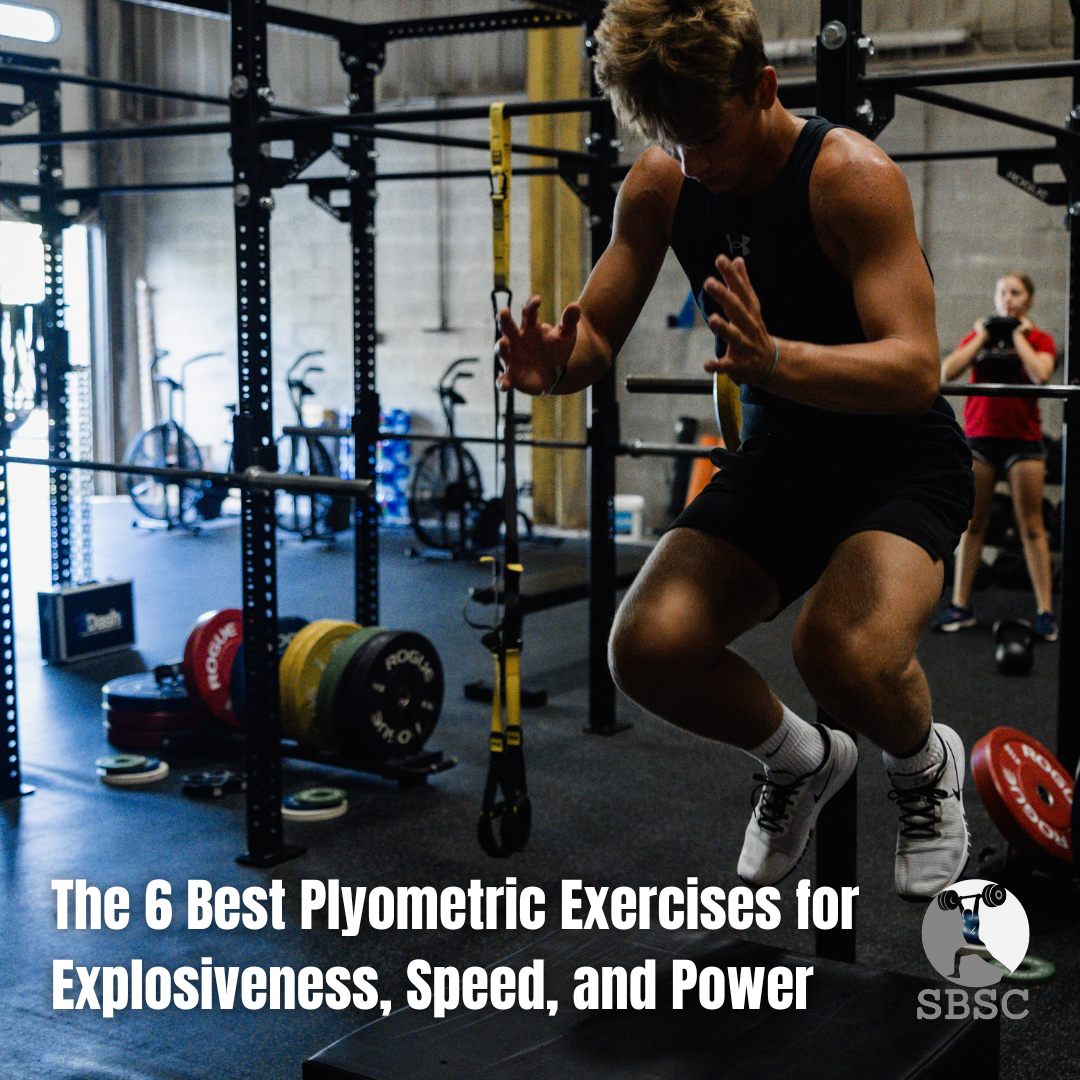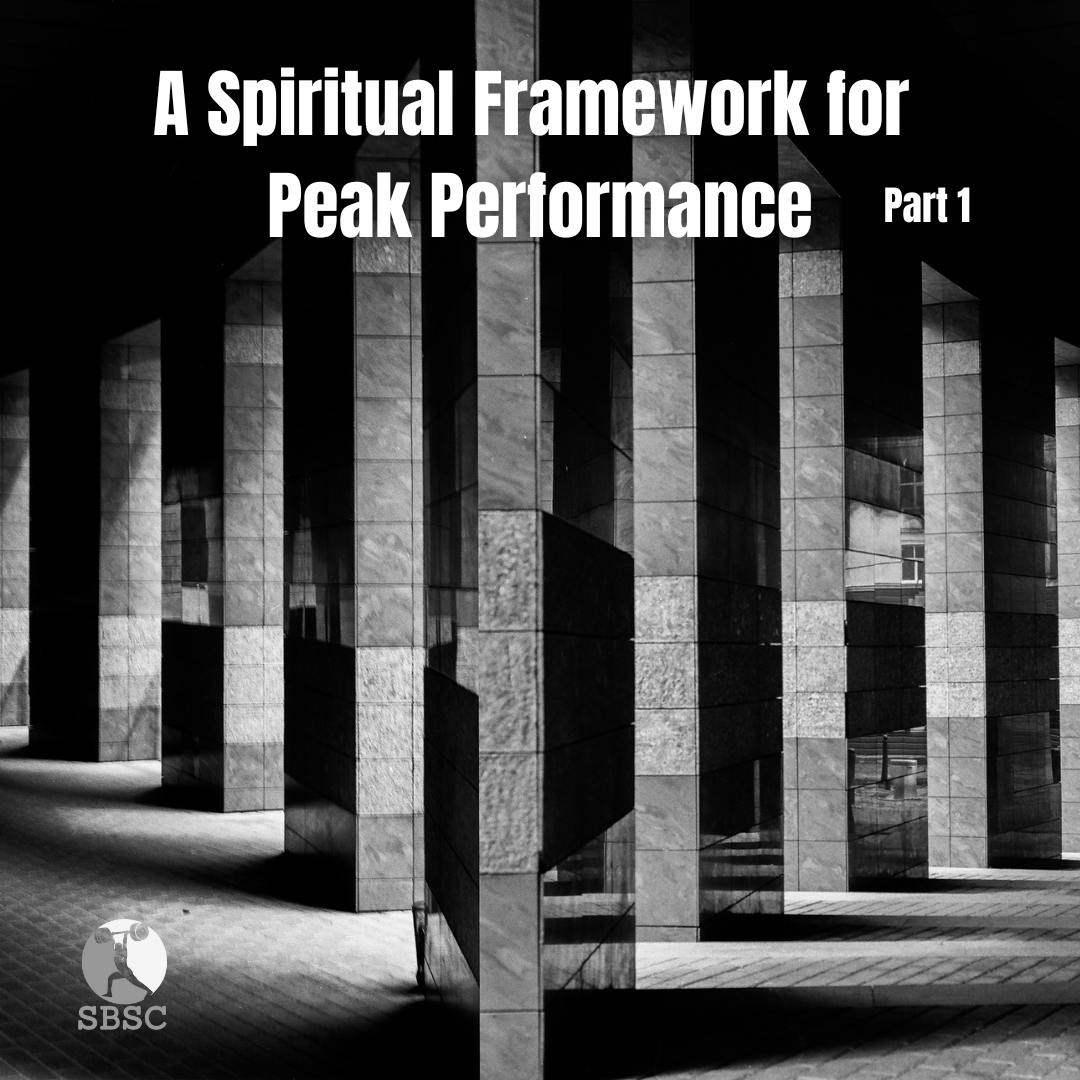Biomotor Abilities: The Building Blocks of Athletic Performance
Athletic greatness is built on a foundation of essential physical capabilities. Whether you're an elite competitor or an aspiring athlete, understanding what drives your performance is crucial.
At the core of every lift, every sprint, every jump, lies a set of abilities that shape your potential—these are your biomotor abilities. These abilities aren't just aspects of physical fitness; they are the very essence of what allows athletes to excel, to push boundaries, and to perform at their peak. Let's explore these critical components and discover how they can elevate your game to the next level.
What Are Biomotor Abilities?
Biomotor abilities are the fundamental physical capacities that underpin human movement and athletic performance. These abilities are crucial for executing various physical tasks, whether in everyday life or the heat of competition. In simple terms, the primary biomotor abilities include:
Strength: The ability of a muscle or group of muscles to exert force. Strength is foundational for many activities, from lifting weights to performing powerful movements in sports. It's the bedrock of physical power and resilience.
Power: The ability to exert force rapidly. Power combines both strength and speed, making it critical for explosive movements like jumping, sprinting, or throwing. Power is what turns strength into dynamic action.
Endurance: The capacity to sustain physical activity over time. This includes both muscular endurance (sustained muscle contractions) and cardiovascular endurance (sustained aerobic activity). Endurance is key for maintaining performance during long periods of exertion.
Speed: The ability to move quickly. Speed is essential in many sports and is often developed alongside other biomotor abilities like strength and power. It's the ability to cover distance in the shortest time possible.
Mobility: The range of motion available at a joint or group of joints, coupled with the flexibility of the muscles around those joints. Mobility is crucial for performing movements efficiently and safely, and it helps prevent injuries. Unlike flexibility, which focuses solely on muscle stretch, mobility emphasizes the dynamic use of that flexibility within a joint's full range of motion.
Agility: The ability to change direction quickly and efficiently in response to an external cue while maintaining control. Agility requires a combination of speed, strength, coordination, and balance. It's the hallmark of an athlete's responsiveness and fluidity in motion.
Coordination: The ability to smoothly and efficiently integrate different movements into a single, effective action. Coordination involves timing, rhythm, and the ability to control different parts of the body simultaneously. It's essential for executing complex skills and techniques.
Balance: The ability to maintain the body's center of gravity over its base of support. Balance is crucial for all movement and is especially important in sports that require dynamic changes in posture and position.
Why Are Biomotor Abilities Important?
Each biomotor ability plays a unique role in athletic performance. Whether you're sprinting down a track, lifting a heavy weight, or executing a precise movement in gymnastics, your success depends on how well these abilities are developed and integrated.
Strength provides the foundation for most physical actions, allowing you to move with power and control. Power transforms that strength into explosive, dynamic movements. Endurance ensures that you can sustain activity over time, whether you're running a marathon or playing a full game of soccer. Speed allows you to outpace your competition, while mobility ensures that your body can move freely and efficiently without restriction.
Agility, coordination, and balance are vital for performing complex movements with precision and control. These abilities allow athletes to adapt to changing conditions, maintain stability, and execute skills with confidence.
The Interplay Between Biomotor Abilities
While each biomotor ability plays a distinct role in athletic performance, it's the interplay between these abilities that truly defines an athlete's capabilities. In real-world scenarios, no physical task relies on a single biomotor ability in isolation. Instead, these abilities work together in harmony to produce the complex, coordinated movements that are essential in sports and physical activities. Let's explore how these abilities interact and why a balanced development of all biomotor abilities is crucial.
Strength and Power: The Foundation of Explosiveness
Strength and power are closely linked, with strength providing the foundation for power. While strength is the ability to exert force, power is the ability to exert that force rapidly. For example, a sprinter relies on raw strength to push off the starting blocks, but it's their power that allows them to accelerate quickly and reach top speed. Without adequate strength, the ability to generate power diminishes, highlighting the importance of training both abilities in tandem.
Speed and Agility: Navigating the Fast-Paced Game
Speed is essential for covering distance quickly, but in many sports, the ability to change direction rapidly—known as agility—is just as important. Agility is essentially speed with control. For a soccer player, sprinting down the field (speed) is only part of the equation; they also need to maneuver around opponents and react to the ball's movement (agility). Developing both speed and agility ensures that an athlete can not only move quickly but also adapt to dynamic situations with precision.
Mobility and Balance: Ensuring Safe and Effective Movement
Mobility and balance are critical for maintaining proper form and avoiding injury. Mobility allows joints to move freely and muscles to stretch through their full range of motion, while balance ensures that these movements are controlled and stable. For instance, a gymnast performing a routine requires excellent mobility to execute splits and flips, but it’s their balance that keeps them steady on the beam. Inadequate mobility can limit range of motion and increase the risk of injury, while poor balance can lead to instability and compromised performance.
Endurance and Coordination: Sustaining Performance Over Time
Endurance and coordination are vital for athletes who need to maintain high levels of performance over extended periods. Endurance allows for sustained effort, whether in a marathon or a long tennis match, while coordination ensures that the athlete can maintain proper technique and efficiency even as fatigue sets in. For example, a basketball player needs the endurance to play an entire game and the coordination to make precise passes, dribbles, and shots under pressure. Developing these abilities together helps athletes perform consistently, even in the later stages of competition.
The Synergy of Holistic Training
A well-rounded training program that harmonizes all biomotor abilities is essential for achieving peak performance. Focusing too much on one ability at the expense of others can lead to imbalances and limit an athlete's overall potential. For instance, an athlete who focuses solely on strength may lack the mobility needed to move efficiently, or an athlete with great endurance might struggle with the explosive power needed for short, intense bursts of activity.
By understanding and training the interplay between these biomotor abilities, athletes can achieve a higher level of performance, moving with greater power, control, and efficiency. Make sure that any program you follow is designed to enhance these abilities in a balanced and integrated manner, ensuring that you’re not just strong or fast, but a complete athlete ready to excel in any situation.
How to Develop Biomotor Abilities
Improving your biomotor abilities requires a well-rounded training approach. Here's a quick guide to how you can enhance each ability:
Strength: Incorporate resistance training with a focus on progressive overload. Lift weights, perform bodyweight exercises, and use resistance bands to challenge your muscles.
Power: Engage in plyometric exercises, Olympic lifts, and other explosive movements that train your muscles to produce force rapidly.
Endurance: Build both cardiovascular and muscular endurance through activities like running, cycling, swimming, and circuit training.
Speed: Include sprint intervals, speed work, and acceleration drills in your training to enhance your ability to move quickly.
Mobility: Regularly perform dynamic stretches, mobility drills, and exercises that target the full range of motion at your joints. Incorporate foam rolling and other techniques to maintain muscle flexibility and joint health.
Agility: Practice drills that require quick changes in direction, such as cone drills and agility ladder exercises. Improve your reaction time and movement efficiency by incorporating a visual (ball drop) or audible (clap or whistle) cue to prompt the change in direction.
Coordination: Work on exercises that challenge your ability to synchronize different body parts, such as hand-eye coordination drills or activities like dancing and martial arts.
Balance: Use balance boards, stability balls, and single-leg exercises to enhance your ability to maintain control and stability during movement.
Achieving peak athletic performance isn't about focusing on a single trait. It's about developing a synergy of abilities that allow you to move with strength, speed, agility, and control. By honing your biomotor abilities, you build a versatile, resilient foundation that supports all aspects of your athletic endeavors.
Remember, the path to becoming a well-rounded athlete is not a sprint but a marathon—one that requires dedication, balance, and a deep understanding of what makes you perform at your best.
Keep learning, stay curious...empower yourself to reach your full potential.
Dedicated to your success,
Sam



